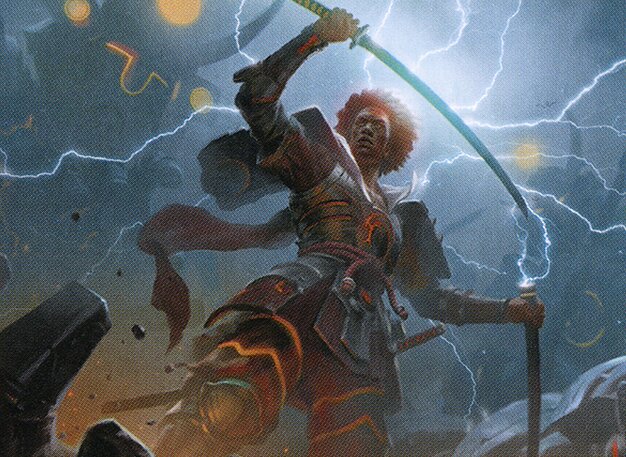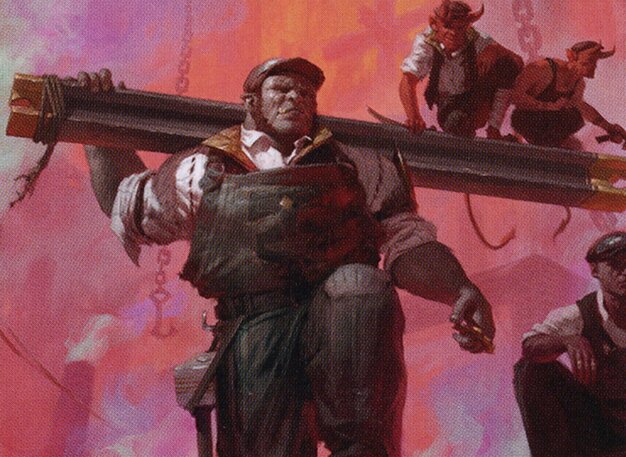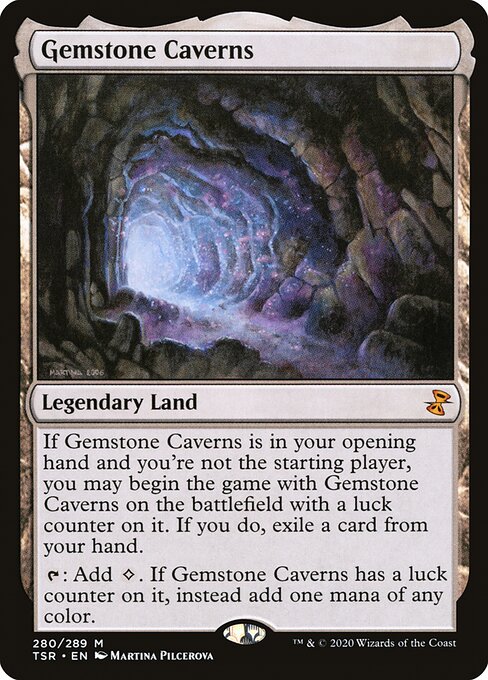Deck & Commander Strategies

Raiyuu, Storm's Edge
Leverages storm and combo elements to generate multiple spells and trigger powerful effects, aiming to overwhelm opponents with tempo and repeated value.

The Beamtown Bullies
Focuses on a beatdown approach supported by graveyard recursion, relying heavily on key cards like Entomb to enable recurring threats and maintain board presence.

Breya, Etherium Shaper
An artifact-centric deck that uses artifacts for value generation, combos, and controlling the board, often making opponents 'sad' by disrupting their plans while building incremental advantage.

Orvar, the All-Form
Utilizes spells that copy and manipulate tokens or permanents, gaining value through repetition and versatility with a focus on spell-based synergy.
Gameplay Insights
- 1
Beamtown Bullies deck struggles without early graveyard recursion, highlighting the importance of Entomb to jumpstart the deck's game plan.
- 2
Carver Demon is a high-risk, high-reward play that can enable free casting of multiple permanents but requires sacrificing all permanents, making it a pivotal and potentially game-changing card.
- 3
Artifact synergies in Breya's deck provide consistent value and disruption, forcing opponents to adjust their strategies accordingly.
- 4
Players exhibited a balance of aggression and caution, with some opting for political maneuvers and others focusing on raw board development to gain advantage.
Notable Cards
-

Entomb
-

Gemstone Caverns
Gameplay Summary
The game featured four distinct decks led by Raiyuu, Storm's Edge; The Beamtown Bullies; Breya, Etherium Shaper; and Orvar, the All-Form.
Early turns saw players establishing their boards cautiously, with the Beamtown Bullies player struggling to get traction without an Entomb effect, highlighting the deck's reliance on graveyard recursion to function effectively.
Breya's artifact-centric deck began to generate value through artifact synergy and incremental advantage.
Raiyuu's deck appeared to leverage storm or combo elements, while Orvar's deck focused on copying and value generation through spells. A key turning point was the deployment of a Carver Demon, which players noted as a powerful but greedy card that could swing the game if cast early, enabling free casting of multiple permanents from the top of the library but at a significant cost.
The interaction with this card added tension as it could either be a game-winning play or a risky overextension.
Throughout the game, artifact synergies and tactical removals shaped the board state, and players juggled threats and defenses carefully.
The game included moments of political tension and playful banter but remained focused on maximizing each deck's unique strengths to gain the upper hand.































![Getting Bullied [Commander VS 290] | Magic: The Gathering Commander Gameplay thumbnail](https://i.ytimg.com/vi/nr6oROksAM8/sddefault.jpg)









![Sigarda vs Tovolar vs Kotori vs Raiyuu [Budget EDH/Commander, Magic The Gathering Gameplay 2022] thumbnail](https://i.ytimg.com/vi/NkhYuYsAvpU/sddefault.jpg)
![Raiyuu vs Go-Shintai vs Satoru vs Risona [Budget EDH/Commander, Magic The Gathering Gameplay 2022] thumbnail](https://i.ytimg.com/vi/KH0Qqt4MuJM/sddefault.jpg)









